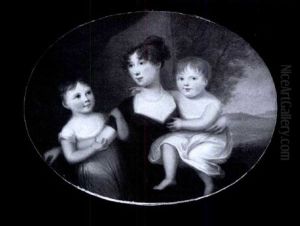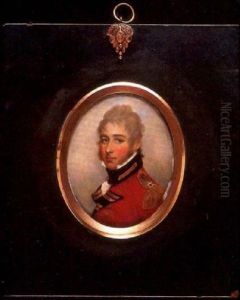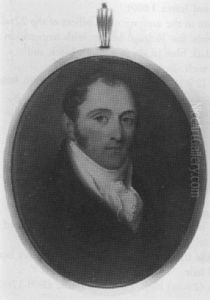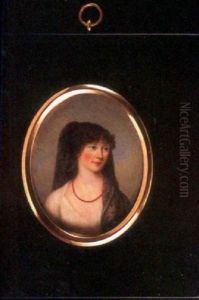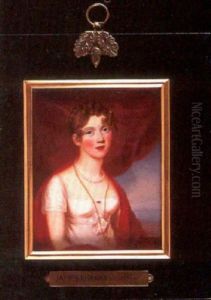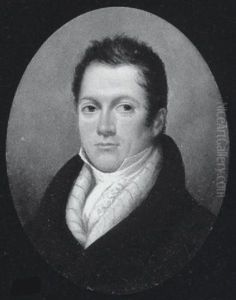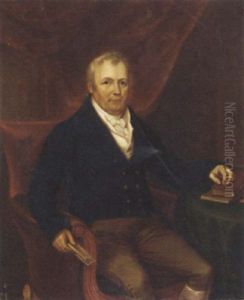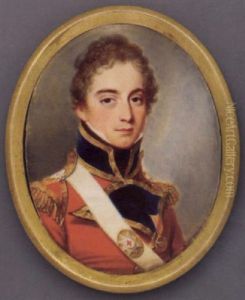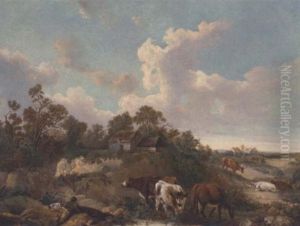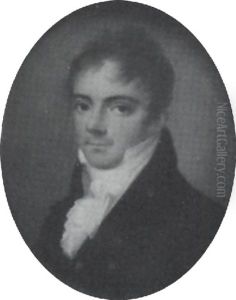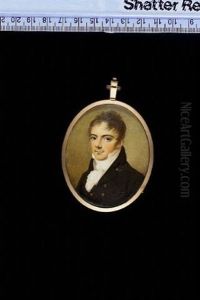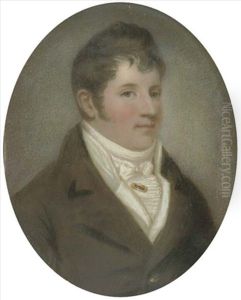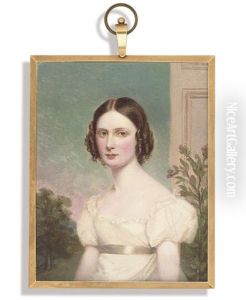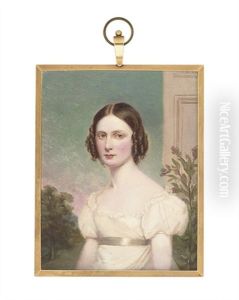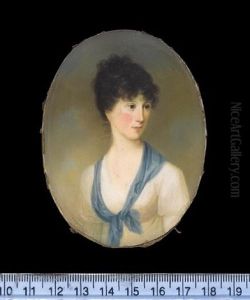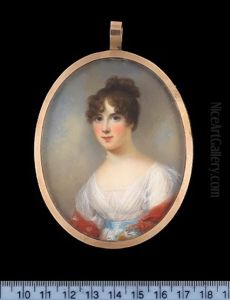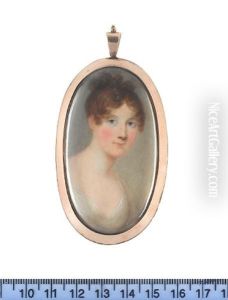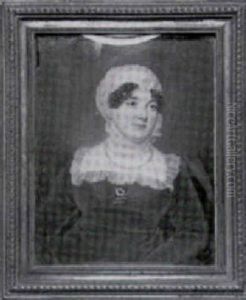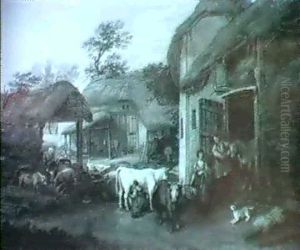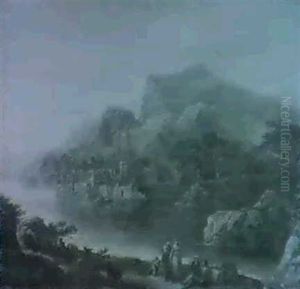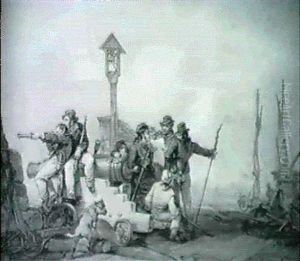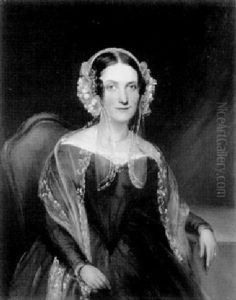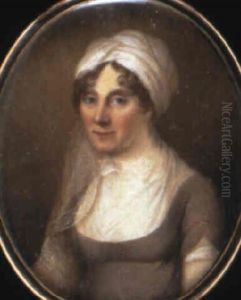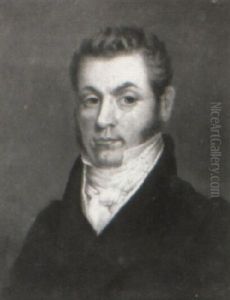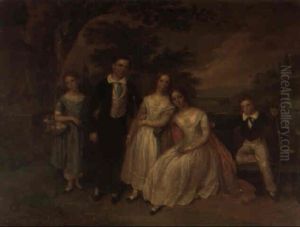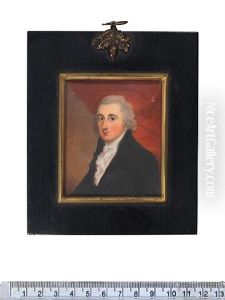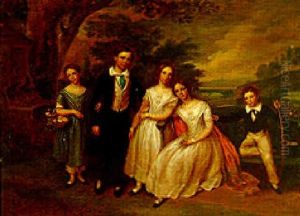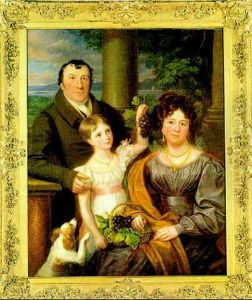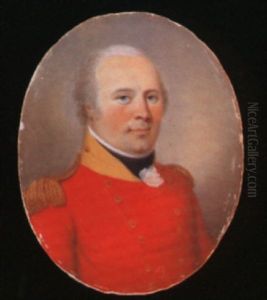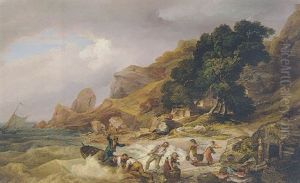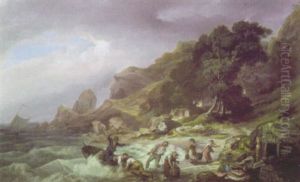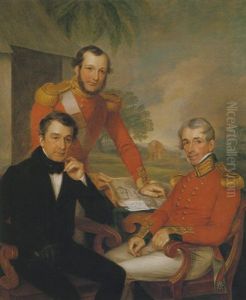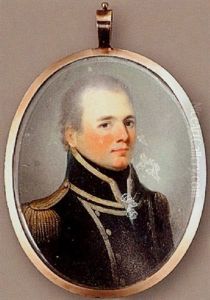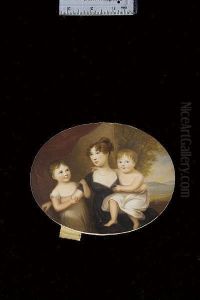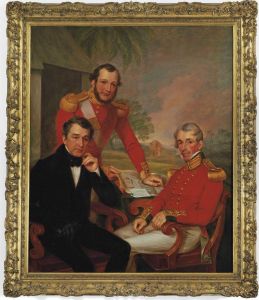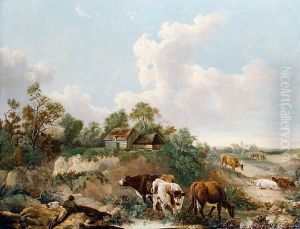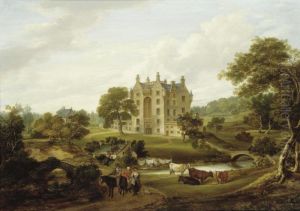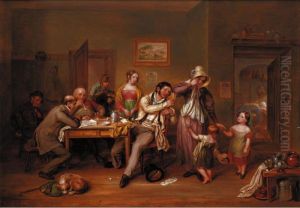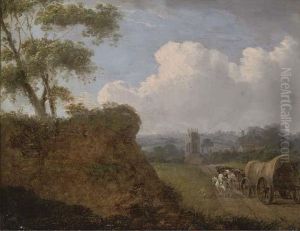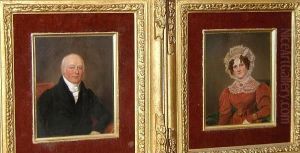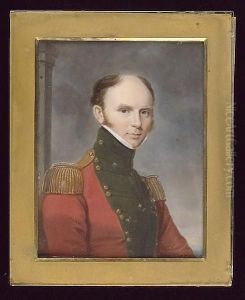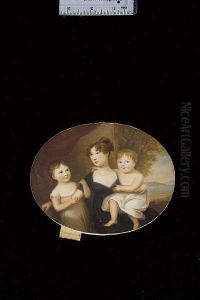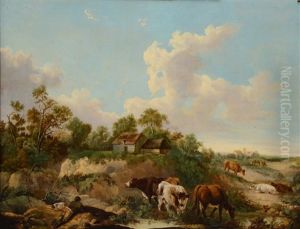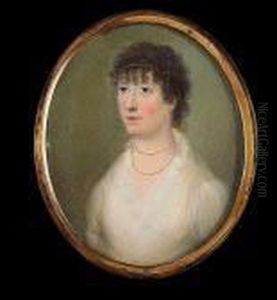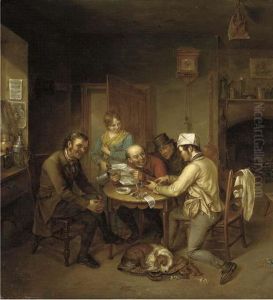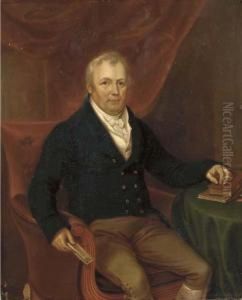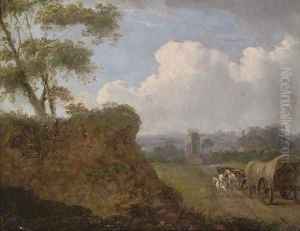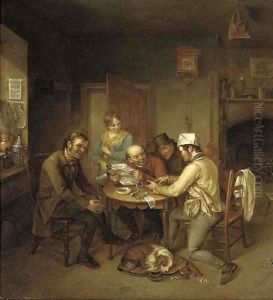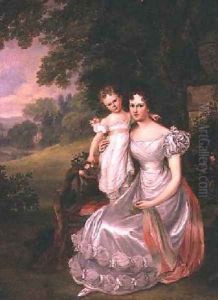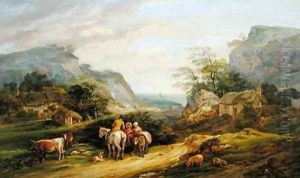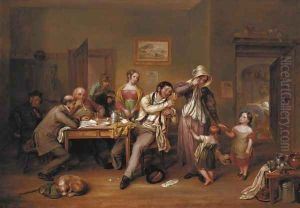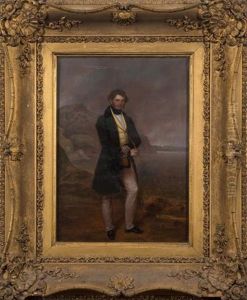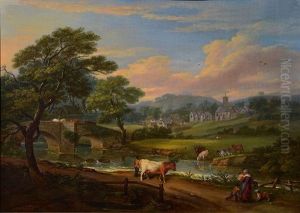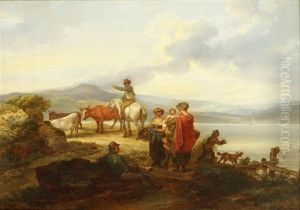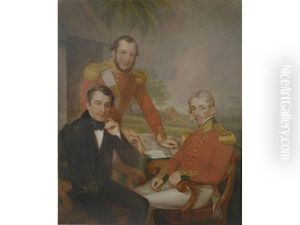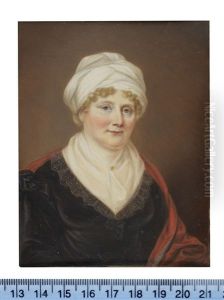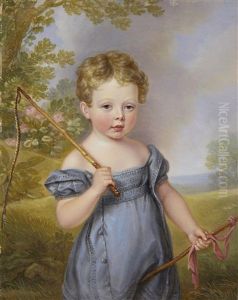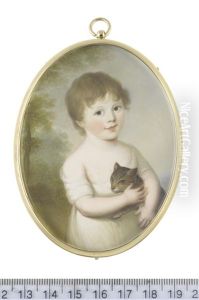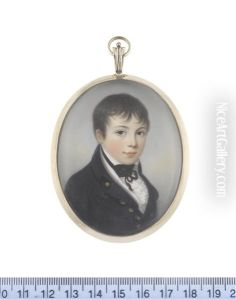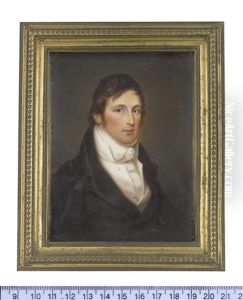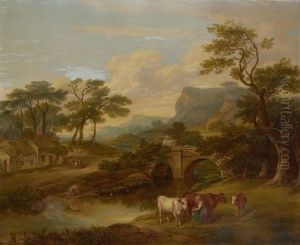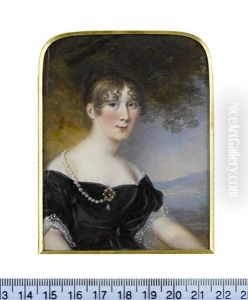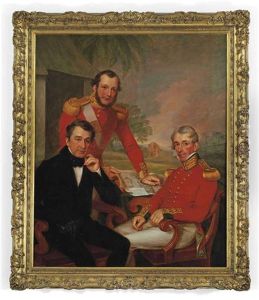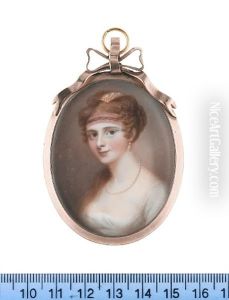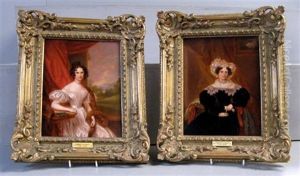James Leakey Paintings
James Leakey was an English artist known for his achievements as a painter, particularly in the realm of portraits and religious subjects. Born in Exeter in 1775, Leakey developed a passion for art at a young age, which led him to pursue a career in the field. Despite the lack of extensive records on his early education in art, it is known that he was active in his local art community and gradually built a reputation for his work.
Leakey's career spanned a period of significant change in the British art world, with the rise of Romanticism and changes in public and patron tastes influencing the direction of his work. He was adept in various mediums, but his oil paintings of both religious themes and portraits garnered the most attention. His religious paintings were appreciated for their depth of emotion and attention to detail, while his portraits were celebrated for their insightful depiction of the subject's character.
In addition to his painting, James Leakey was involved in the broader art community. He exhibited at the Royal Academy and other venues, contributing to the vibrant art scene of the time. Despite this, he never achieved the level of fame or financial success enjoyed by some of his contemporaries. This was partially due to the highly competitive nature of the art world in his era and the shifting tastes among art patrons.
Leakey's works are now held in various collections, including museums and galleries across the United Kingdom, where they are appreciated for their historical value and artistic merit. His contributions to the art world, particularly in the realm of religious painting and portraiture, continue to be studied and admired by art historians and enthusiasts alike.
James Leakey passed away in 1865, leaving behind a legacy that, while not as widely recognized as some of his peers, is notable for its sincerity and the skillful execution of his works. His life and career offer a window into the challenges and achievements of artists in the 19th century, navigating the complexities of patronage, public taste, and the evolving landscape of British art.
